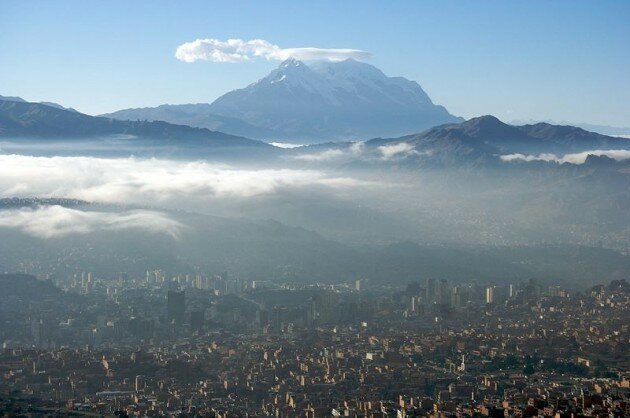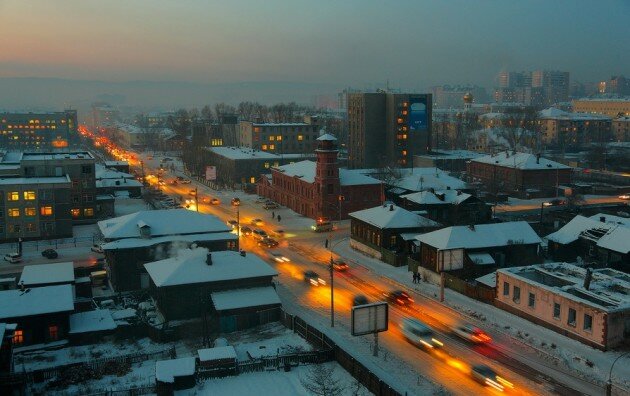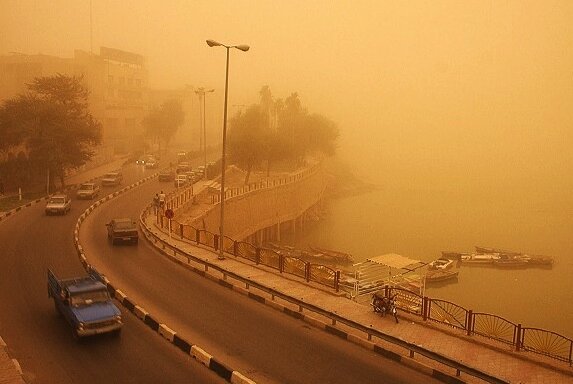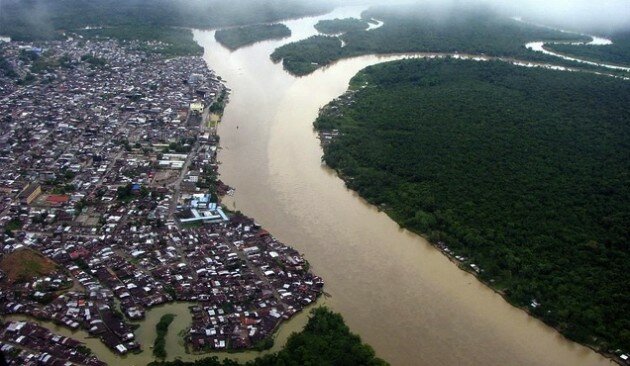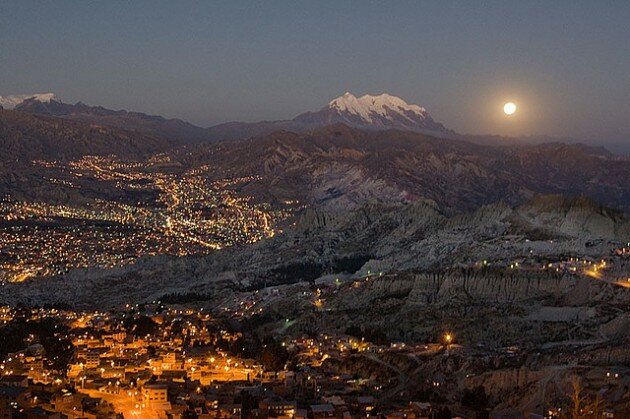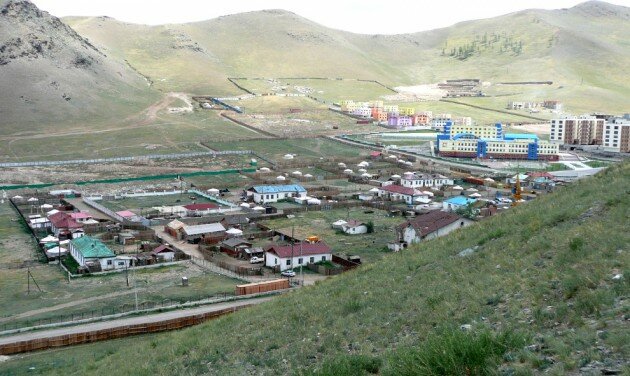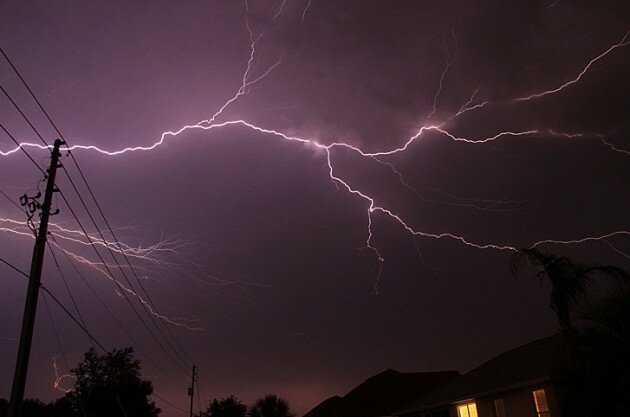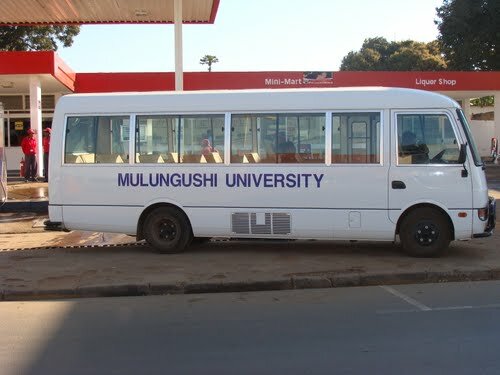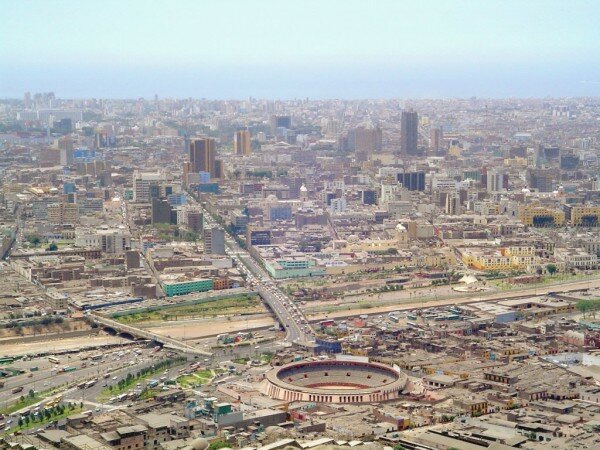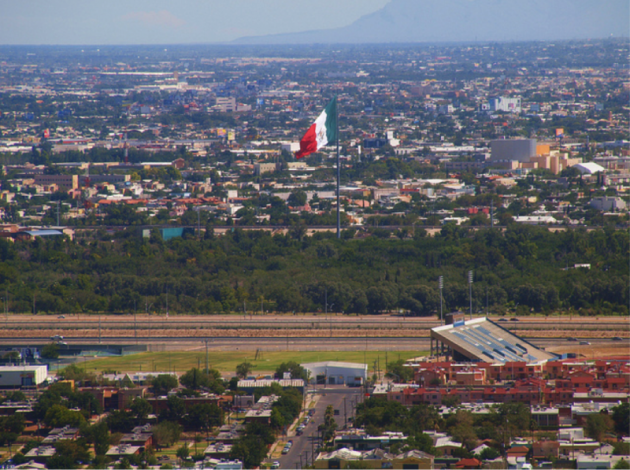If you’re currently looking at your college options or considering a semester abroad, you might want to avoid these campuses! Yes, there are college campuses across the globe located in places with less than ideal environmental conditions. Check out this list of the coldest, hottest and otherwise most inhospitable college campuses on Earth.
10. Chita State University, Siberia
While the summer months in Chita have averages highs of a balmy 73 to 78 degrees Fahrenheit (23-25 °C), the winters are much more of a trial. Average winter temperatures can be as low as -26.5 degrees Fahrenheit (-32.5 °C) in January, with the lowest temperature on record a bitterly cold -57.3 °F (-49.6 °C)! Despite this, Chita State University was founded in the Siberian city in 1974, based on an existing campus of the Irkutsk Technical Institute. If you do visit, make sure to wrap up warm! Temperatures like these are no laughing matter for the unprepared!
9. Ahvaz, Iran
While the Iranian municipality of Ahvaz offers you a choice of universities, including the Ahvaz Jundishapur University of Medical Sciences and the Petroleum University of Technology, all of their campuses are located in what is arguably the hottest city in the world. Average highs in July rise to a scorching 116.1 degrees Fahrenheit (46.7 °C), and in past years Ahvaz has managed to record temperatures as high as 129.2 °F (54 °C)! What’s more, if the high temperatures don’t bother you, bear in mind that Ahvaz is also one of the world’s most polluted cities, with excessive levels of air pollutants from vehicle exhausts, industry and the like. Still packing your bags?
8. Technological University of Choco, Quibdó, Columbia
Anybody whose hair gets frizzy in the rain should definitely cross the Technological University of Choco off their applications list! It’s based in the city of Quibdó, which is the rainiest city with over 100,000 inhabitants in the world. On average, Quibdó receives 320 inches (812 cm) of rain every year. There’s no use waiting for the cloud to pass, either: in Quibdó, it’s the rainy season every day of the year, and few days have more than a few hours of sunshine. Grey skies and wet clothes; rethinking that student exchange program yet?
7. La Paz, Bolivia
The city of La Paz hosts many of the most prestigious universities in Bolivia, including the Universidad Mayor de San Andrés, which is the second oldest in the country. The city is located at a height of 11,975 feet (3,650 m), making it the highest administrative capital in the world. For those who are not acclimatised, such high altitudes can easily cause altitude sickness, with symptoms similar to flu or carbon monoxide poisoning. If you stay too long, you might even develop a chronic form of the illness — also known as Monge’s disease — while the acute form of altitude sickness can be life-threatening if allowed to progress.
6. Ulan Bator, Mongolia
Ulan Bator is home to six universities, including the National University of Mongolia — the country’s oldest and largest higher learning institution — but before you head off to experience the education available you might want to invest in a gas mask. Time magazine put Ulan Bator in second place behind Ahvaz in its list of the most air-polluted cities on the planet in 2011. In this rather bleak-looking place, power plants burn coal and spit out clouds of thick black smoke that simply can’t be good for your health, and the extreme cold of the city only worsens the air pollution.
5. Ocala, Florida
If you decide to stay close to home for your university education you might be thinking about attending the College of Central Florida in Ocala, or the Rasmussen College campus that is also located in the city. Bear in mind, though, that Ocala is a place where lightning might well strike twice in the same spot. The city is prone to often-severe thunderstorms every afternoon during the wet season, and where you have thunderstorms, you have lightning. Florida is the country’s most lightning-prone state and Ocala bears the brunt of it. They don’t call it the “Lightning Capital of the World” for nothing…
4. Sapporo, Japan
The Japanese city of Sapporo once hosted the Winter Olympics, and what’s more it celebrates every winter with a popular snow festival. Organizers certainly have no shortage of raw materials: this metropolis sees an average of 248 inches (630 cm) of snowfall every year — that’s over 20 feet (7 m)! The city is so well known for snow that almost 2 million visitors attend the annual festival, where ice sculptures and snow statues are common sights. If you simply love building snowmen then Hokkaido University (or one of the many other colleges in Sapporo) is the place to go. If, on the other hand, excessive snow isn’t your thing, you might want to look elsewhere…
3. Mulungushi University, Kabwe, Zambia
In 1902, the town of Broken Hill was founded in the Zambian Central Province to take advantage of the rich zinc and lead deposits in the local area. Today, the city is known as Kabwe, and is home to 210,000 people as well as Mulungushi University. Unfortunately, while the city has changed its name, the Broken Hill legacy lives on in the zinc and lead pollution that has made its way into the local water supply. Indeed, this serious heavy metal contamination led to Kabwe being named one of the ten most polluted places on Earth by the Blacksmith Institute.
2. San Marcos University, Lima, Peru
Lima, the capital of Peru, is located on a desert coast and can boast the oldest university in the Americas: San Marcos University was established as far back as 1551. In terms of the present-day environment Lima offers, despite high humidity and a high degree of cloud, the city rarely experiences rain, with some inland districts receiving barely a third of an inch (1 cm) of rain in a year. The cloud also means that you can expect less than four hours of sunshine a day, on average — and less than one a day in July. If you’re studying at San Marcos, you not only have to worry about there not being sufficient water supply; you might also want to check your levels of Vitamin D!
1. Ciudad Juárez, Mexico
Even if you are looking for adventure, it would probably be wise to avoid the universities in Ciudad Juárez — whether it’s one of the three public or the two private establishments you have your sights set on. Although it is located just over the border from El Paso, Ciudad Juárez is a very different city. Outside of actual war zones, it is the most violent place in the world. Gang warfare between rival drug cartels is rife, and over the past two decades 600 women have been murdered and over 3,000 have disappeared. With a murder rate of 130 per 100,000 citizens in the year preceding August 2009, it is among the most murderous places on the planet.

